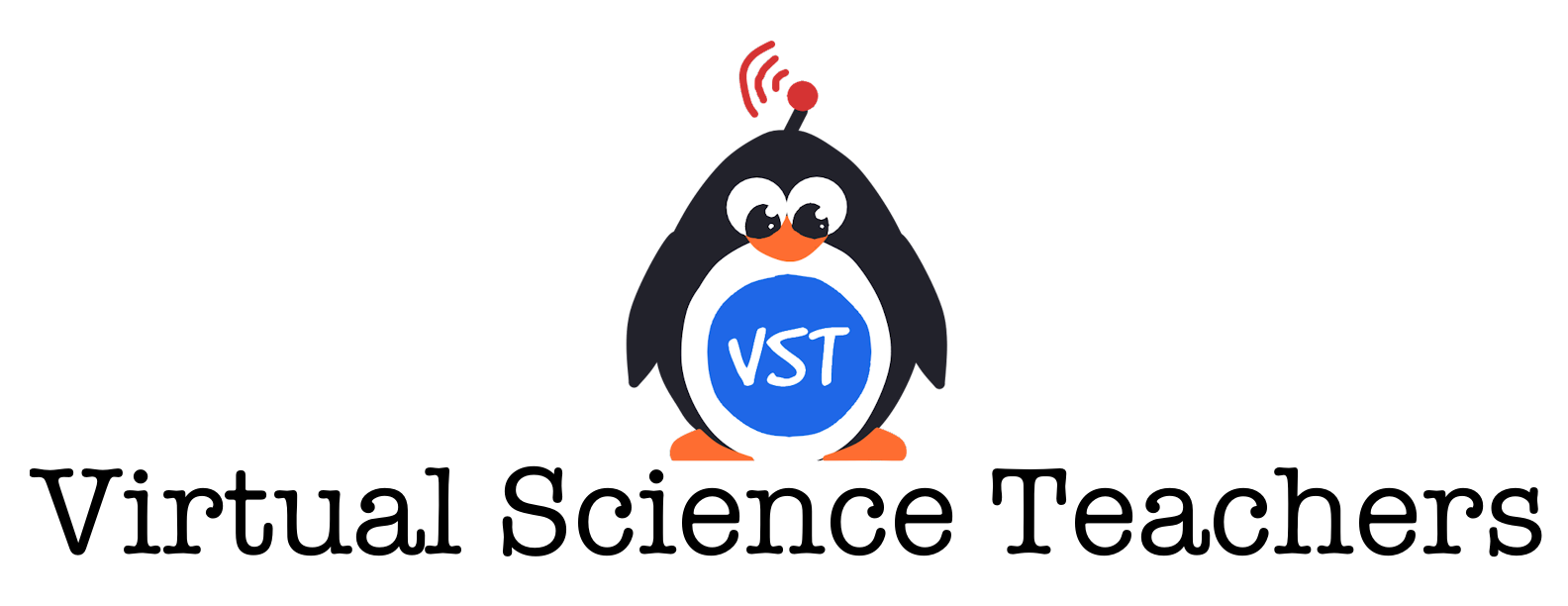At Virtual Science Teachers (VST), our mission is to provide high-quality, interactive, and engaging educational resources for secondary students, focusing on making STEM education accessible and equitable for high-need students. Our approach is deeply rooted in evidence-based research that highlights the effectiveness of our methods and resources. Below, we present the key research findings that support our innovative strategies and the impact they have on STEM education.
Visual and Interactive Learning Enhances Comprehension, Retention, and Engagement
Studies have demonstrated that visual learning strategies significantly improve students’ higher-order thinking skills and academic performance in STEM subjects. Visual information is better mapped in students’ minds and can help reveal relationships and patterns in complex information. Visual aids have been shown to improve learning outcomes by up to 400% compared to text-based methods alone (Raiyn, 2016). Research also supports the efficacy of virtual labs and interactive simulations in enhancing students’ understanding of science concepts. Virtual labs can be more effective than physical labs in helping middle school students explain relationships between science concepts and use data to support their ideas (Gnesdilow & Puntambekar, 2021).
Interactive elements like simulations and hands-on activities make STEM learning more engaging and effective. Opportunities for active engagement in scientific practices and interactions with experts are important conditions for enhancing students’ situational interest and understanding of STEM careers (Drymiotou et al., 2021).
Active Learning Improves Student Performance
Active learning, which involves engaging students in the process of learning through activities and/or discussion in class as opposed to passively listening to an expert, leads to better student performance. Studies show that active learning environments have a 55% lower failure rate compared to traditional lecture-based classes (Freeman et al., 2014). This hands-on, minds-on approach is crucial for improving student engagement and learning outcomes (Yannier et al., 2021).
Technology-Enhanced Learning Supports Diverse Learners
Incorporating assistive technologies like text-to-speech can help support students with reading difficulties. Text-to-speech and related read-aloud tools positively impact reading comprehension for individuals with reading disabilities, with an average weighted effect size of 0.35 (Wood et al., 2018).
Early STEM Exposure Increases Career Interest
Research shows that early exposure to STEM career pathways increases students’ interest in STEM fields. STEM career knowledge, mathematics self-efficacy, and career interests are significantly correlated with students’ likelihood of pursuing STEM careers (Blotnicky et al., 2018).
Addressing Underrepresentation in STEM
There is a critical need to increase diversity in STEM fields. Black and Hispanic workers remain underrepresented in STEM jobs compared to their share of the overall U.S. workforce. Our program focuses on engaging underrepresented students in STEM through culturally relevant, interactive learning experiences (Pew Research Center, 2021).
References
Blotnicky, K. A., Franz-Odendaal, T., French, F., & Joy, P. (2018). A study of the correlation between STEM career knowledge, mathematics self-efficacy, career interests, and career activities on the likelihood of pursuing a STEM career among middle school students. International Journal of STEM Education, 5(1), 22. Retrieved from https://stemeducationjournal.springeropen.com/articles/10.1186/s40594-018-0118-3
Drymiotou, I., Constantinou, C. P., & Avraamidou, L. (2021). Enhancing students’ interest in science and understandings of STEM careers: the role of career-based scenarios. International Journal of Science Education, 43(5), 717-736. Retrieved from https://www.tandfonline.com/doi/full/10.1080/09500693.2021.1885551
Freeman, S., Eddy, S. L., McDonough, M., Smith, M. K., Okoroafor, N., Jordt, H., & Wenderoth, M. P. (2014). Active learning increases student performance in science, engineering, and mathematics. Proceedings of the National Academy of Sciences, 111(23), 8410-8415. Retrieved from https://doi.org/10.1073/pnas.1319030111
Gnesdilow, D., & Puntambekar, S. (2021). Virtual labs and simulations: How effective are they for middle school science? Journal of Science Education and Technology, 30(1), 1-13. Retrieved from https://link.springer.com/article/10.1007/s10956-020-09853-w
Pew Research Center. (2021). STEM Jobs See Uneven Progress in Increasing Gender, Racial and Ethnic Diversity. Retrieved from https://www.pewresearch.org/fact-tank/2021/04/01/stem-jobs-see-uneven-progress-in-increasing-gender-racial-and-ethnic-diversity/
Raiyn, J. (2016). The Role of Visual Learning in Improving Students’ High-Order Thinking Skills. Journal of Education and Practice, 7(24), 115-121. Retrieved from https://www.iiste.org/Journals/index.php/JEP/article/view/32058
Wood, S. G., Moxley, J. H., Tighe, E. L., & Wagner, R. K. (2018). Does use of text-to-speech and related read-aloud tools improve reading comprehension for students with reading disabilities? A meta-analysis. Journal of Learning Disabilities, 51(1), 73-84. Retrieved from https://journals.sagepub.com/doi/abs/10.1177/0022219417714618
Yannier, N., Hudson, S. E., Koedinger, K. R., & Hirsh-Pasek, K. (2021). Active learning: “Hands-on” meets “minds-on”. Science.
